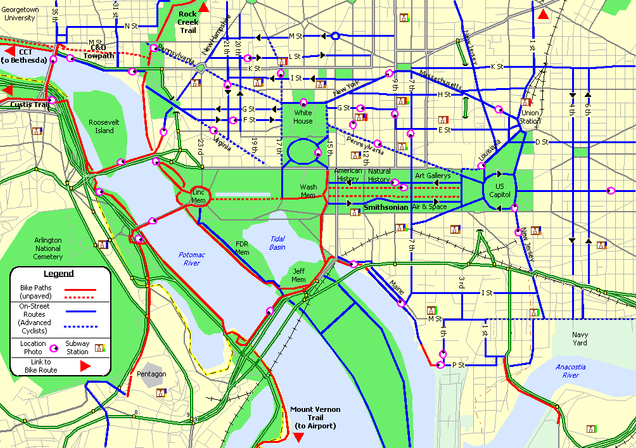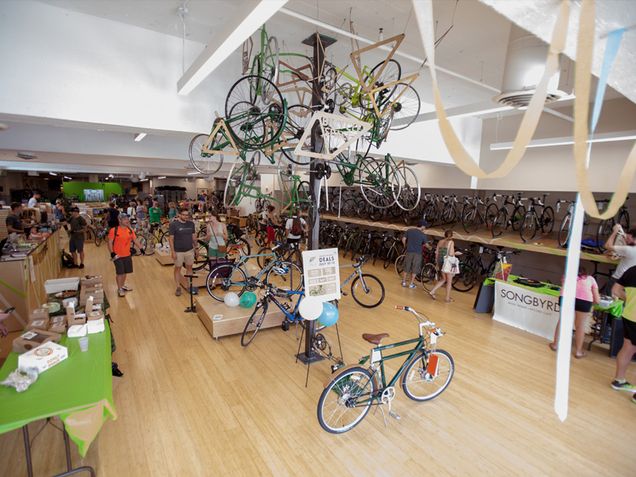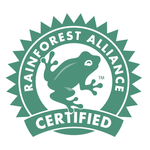Eliza Puritz
A Day in the Life of a DC Treehugger
Eliza Puritz
Spring 2016
Being Eco-friendly is hard. In general, it costs more, takes more time, makes you smell bad, and “naturally” you have to forgo city-living to move to a family farm where you wash your clothes in the river. You also start saying things like: “that’s just what society WANTS you to think.” Well, that’s just what society wants you to think. Being a modern environmentalist is very different. Disclaimer: I’m going to write about my day-to-day environmentally friendly tactics, so stop me if I get too preachy.

Average Water Use Per Person Per Day (www.data360.com) The US uses more water per capita than any other country. This is one of those cases where first really is the worst.
Let’s go chronologically. You wake up and press the snooze button for the fourth time eager to start a new day of living in beautiful Washington, DC. After plugging my electronics back in (unplugging them during the night saves energy and money), I usually head for the shower. If you also like to shower, try using shampoos and conditioners that are free of sulfate, triclosan, phosphates, and dyes. I use Garnier Fructis Pure Clean, or “Not Your Mother’s Clean Freak.” They did not pay me to say that. For body and face wash, continue to avoid sulfates and parabens, but keep your eye on polyethylene microbeads. Microbeads kills million of aquatic creatures every year, and they’re banned in some states. Check your exfoliants and toothpastes for microbeads, and if they have them, try buying from companies that use natural scrubs, like St. Ives. Oh, and don’t do all this thinking about products while you’re still in the shower! The average showerhead sprays 2.5 gallons of water every minute. The average shower length is 8 minutes, so that’s 20 gallons of water used while you get clean. A typical US citizen uses 154 gallons of water a day. To put that in perspective,the average citizen of the UK uses 39 gallons of water a day. Don’t be average! Take shorter showers, and use high-efficiency showerheads!

Average Water Use Per Person Per Day (www.data360.com) The US uses more water per capita than any other country. This is one of those cases where first really is the worst.
Fast forward to leaving for work. If you keep a clean reusable cup in your knapsack, you won’t have to worry about forgetting it at home, which is neat, because reusable cups save you money and reduce your daily waste. Next, I bike to work. I my own bike, but if you are worried about buying a bike because of the cost, you can use capital bikeshare or get a nice starter bike for about $350. Which is a lot. But if you normally take the metro every day to and from work, the money you save by biking will pay for the bike itself in about two months. Just two! Other benefits include: great free cardio before sitting at a desk all day, avoiding traffic, easy parking, and reduced carbon output. If I drove to and from work, I would add 2.2 kilograms of carbon every day, assuming I don’t get stuck in traffic. If I took the metro, it would cut that down to 0.6 kg a day (calculated using the DC Metro’s Greenhouse gas calculator). But when I bike, I only emit 0.17 kg of CO2, and that’s awesome. Once I get to work I use natural light from a window for as long as I can before turning on artificial lights, and eat my lunch off of reusable dishes.

Your Local Bike Shop (BicycleSPACE). If you’re looking to buy a bike or some gear, try going to BicycleSPACE in Adams Morgan. BicycleSPACE is as much about community as it is about biking.
After work, I might bike to the grocery store. Any grocery store, really. You don’t need to go to Trader Joe’s or Yes! to be eco-friendly, you just need to think about where your food is coming from. I try to keep track of how far the food had to travel in order to get to the store, whether or not my fruits and vegetables are in season, how many chemicals and preservatives have been added to my food, and how much packaging it has. I try to only buy meat that I know the origin of, so I can make sure that the animals were humanely treated and not injected with antibiotics or hormones. I do not worry about GMOs (a divisive issue, so follow your gut on this one) or organic labels (organic certifications don’t actually mean eco-friendly, they just mean that the farmers could afford to go through the expensive certification process of a system that is biased against small farms). Instead of certified organic, try buying foods that are certified by the Rainforest Alliance,

How far is your food traveling? (Buzzfeed) Your food might have many miles to go before you eat, and every mile means more CO2 emitted to the atmosphere. Try buying locally grown food, and fruits and vegetables that are in season!
Animal Welfare Approved,

Animal Welfare Approved (AWA) Look for this logo to know that your food is from an animal friendly organisation!
or certified Fair Trade,

Fairtrade Certified (Fairtrade International) Look for this symbol to know that your food isn’t harvested by child laborers, and that the farmers are getting a living wage!
especially for your coffee and chocolate. No matter how “green” and healthy the food I am buying is, it isn’t worth endangering human lives, mistreating animals, or destroying habitats that are helping to slow climate change the natural way. Side note: same rules apply for buying any product, especially clothing. Just don’t buy more than you need. 40% of the food produced in the US is wasted. Don’t be a statistic!

How far is your food traveling? (Buzzfeed) Your food might have many miles to go before you eat, and every mile means more CO2 emitted to the atmosphere. Try buying locally grown food, and fruits and vegetables that are in season!
I’m not going to tell you how I cook my food (secret family recipes) or how I get ready for bed (which fairy tale I read is none of your business), so here are some final thoughts. First, “Reduce, Reuse, Recycle” is in order of importance. Reduce the amount of waste you create, try to use things for as long as possible, and recycle what’s left. Second, you can “live in the now” all you want, but the things you use come from somewhere, and end up somewhere else. Keep that in mind as you go about your day, and choosing the eco-friendly option isn’t as hard. You don’t have to smell bad, or escape to the forest with your animal brethren, or even break the bank. Just do your best! I believe in you!
Eliza Puritz is a nerd who studies Environmental Science at Boston University.

